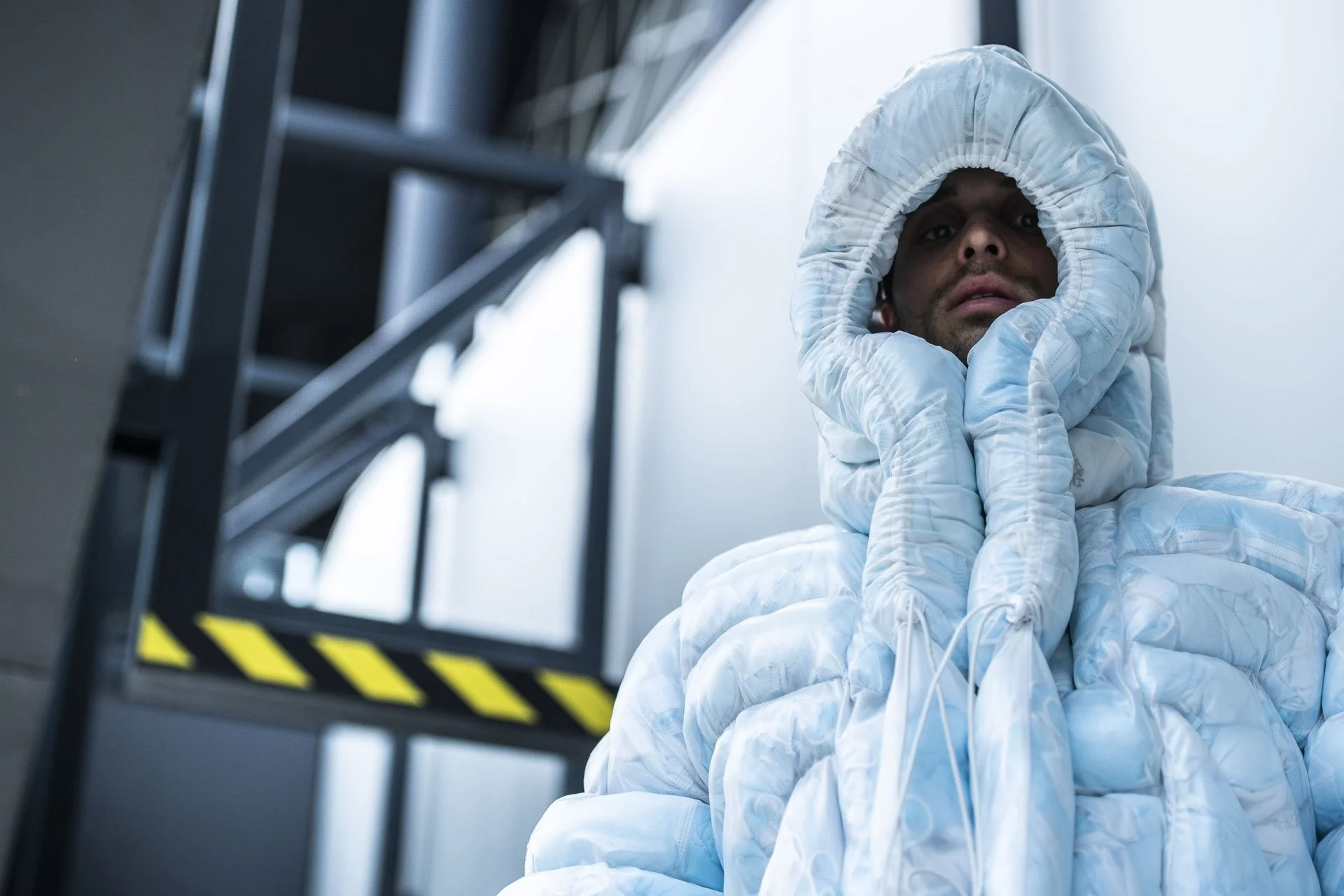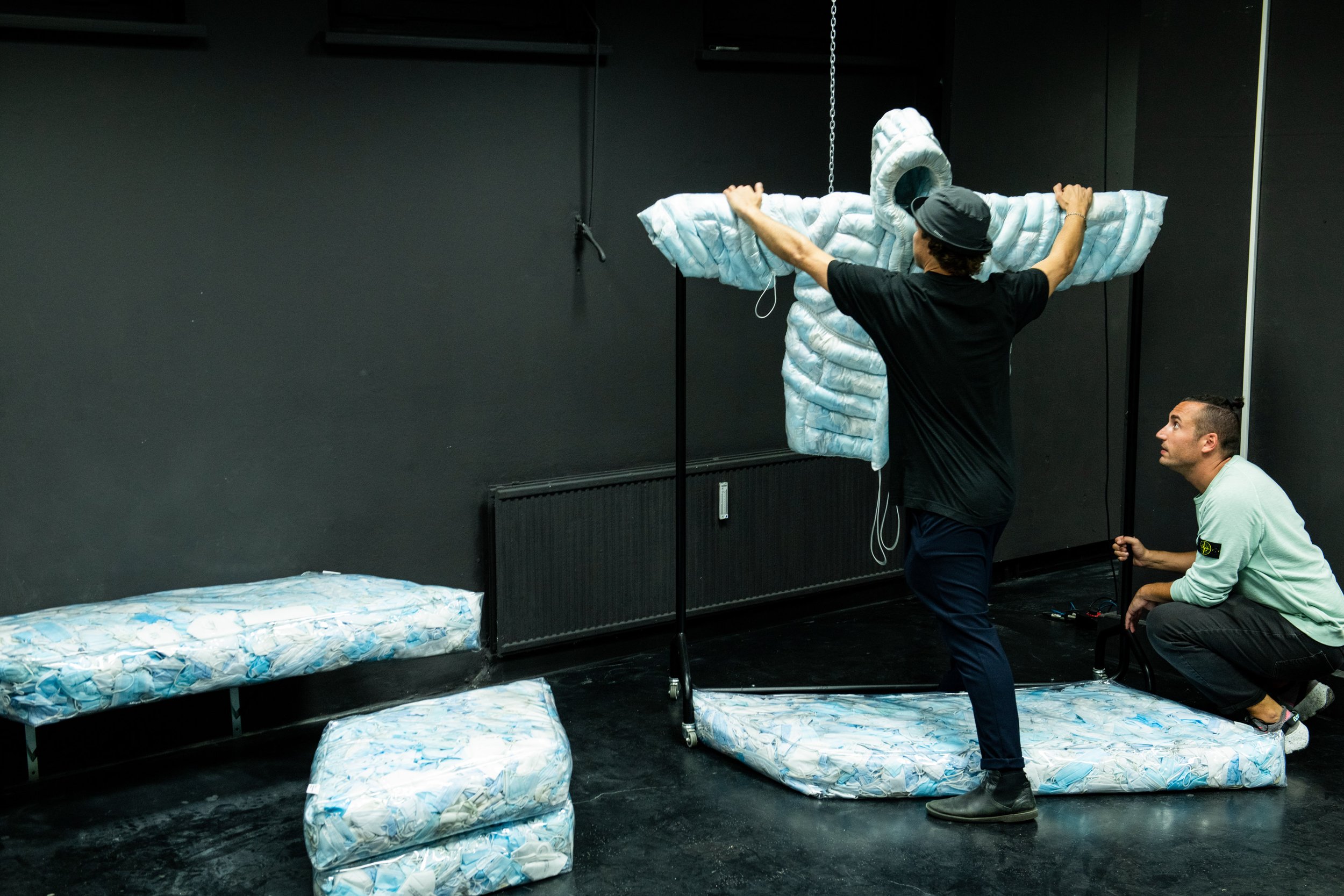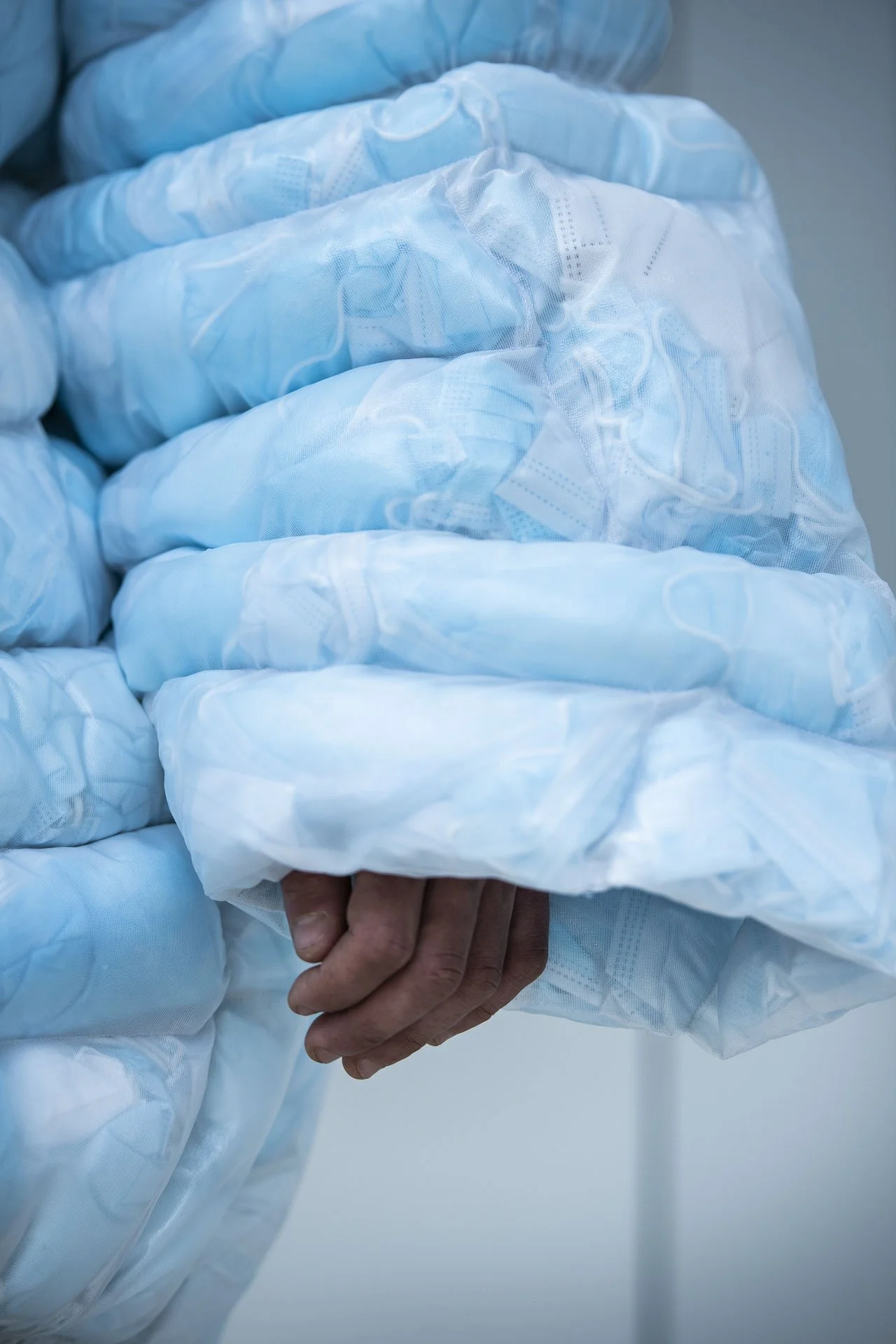How This Cool New Puffer, COAT-19, Is The Sustainable Solution To Recycling Mask Waste
By Cassell Ferere originally published on Forbes.com
It’s been over a year of mask-wearing due to the Covid-19 global pandemic. But the question may have hit the back of your ears; “Where are all the facemasks ending up?”
This is sadly taken into account when you think of plastic riddled oceans, beaches, and climate change overall. Non-profit organizations have been working for years to rid the coastlines and oceans of plastic and other pollutants found on shores — as have fashion brands like the Parisian line, Botter, whose first collection used recycled plastic bags. Bags were found on the beaches of Santo Domingo, Dominican Republic, Caribbean Islands, where the two designers originate and cultivated their Caribbean Couture.
"In recent years we talked grandly about environmental issues using words such as sustainable, eco-friendly, green and when the pandemic gave us the chance to prove that we were ready to act differently we ended up, once again, going for single-use plastics,” Zambotti points out.
Fashion designers were hard at work meeting demands for the mask in essential work environments. Designers like Prabal Gurung altered his production design to create reusable masks and provide them where necessary in communities around the New York Tri-State Area. While those ideas gave hope to limit the use of disposable masks, they hadn’t solved the whole problem that only persisted. Tobia Zambotti would delve into a solution, and would ultimately create the COAT-19, a puffer jacket that is stuffed with recycled [and sanitized] masks found on the streets.
Zambotti identifies that “the same happens in fast-fashion: the market demand is satisfied with the fastest and cheapest solution, creating poor working conditions and polluting our environment.”
In Iceland, a sustainable designer and future-oriented multidisciplinary artist, Tobia Zambotti, took to his lab to find a way to utilize the mask waste he found there. He established his studio Atelier Tombia Zambotti in 2019, post a career working in mainland Shanghai, China. He was a designer for the awarded interior design firm, Alberto Caiola Studio. As a by-product, Zambotti was subject to the air quality of the region and wasn’t satisfied as a resident; Japan and its residents have worn masks for years as the air would move east over the Island country. Zambotti moved to Reykjavik to begin his journey to upcycle and recycle existing ‘waste’ to create art pieces.
It wasn’t until coronavirus shifted society to the height of health concern and tactical turned to disposable surgical masks as a safety precaution. But the disposal of the mask would grow to be a bigger issue. Zambotti would find 1500 masks…
Continue reading here…
HOW DO YOU FEEL ABOUT FASHION?
COMMENT OR TAKE OUR PAGE READER SURVEY
Featured










Topicals makes its first-ever collaboration debut with Billionaire Boys Club, reimagining its cult-favorite, Sephora No. 1 Faded Under Eye Masks in a limited-edition space-blue design that merges streetwear culture, community, and clinically backed skincare.